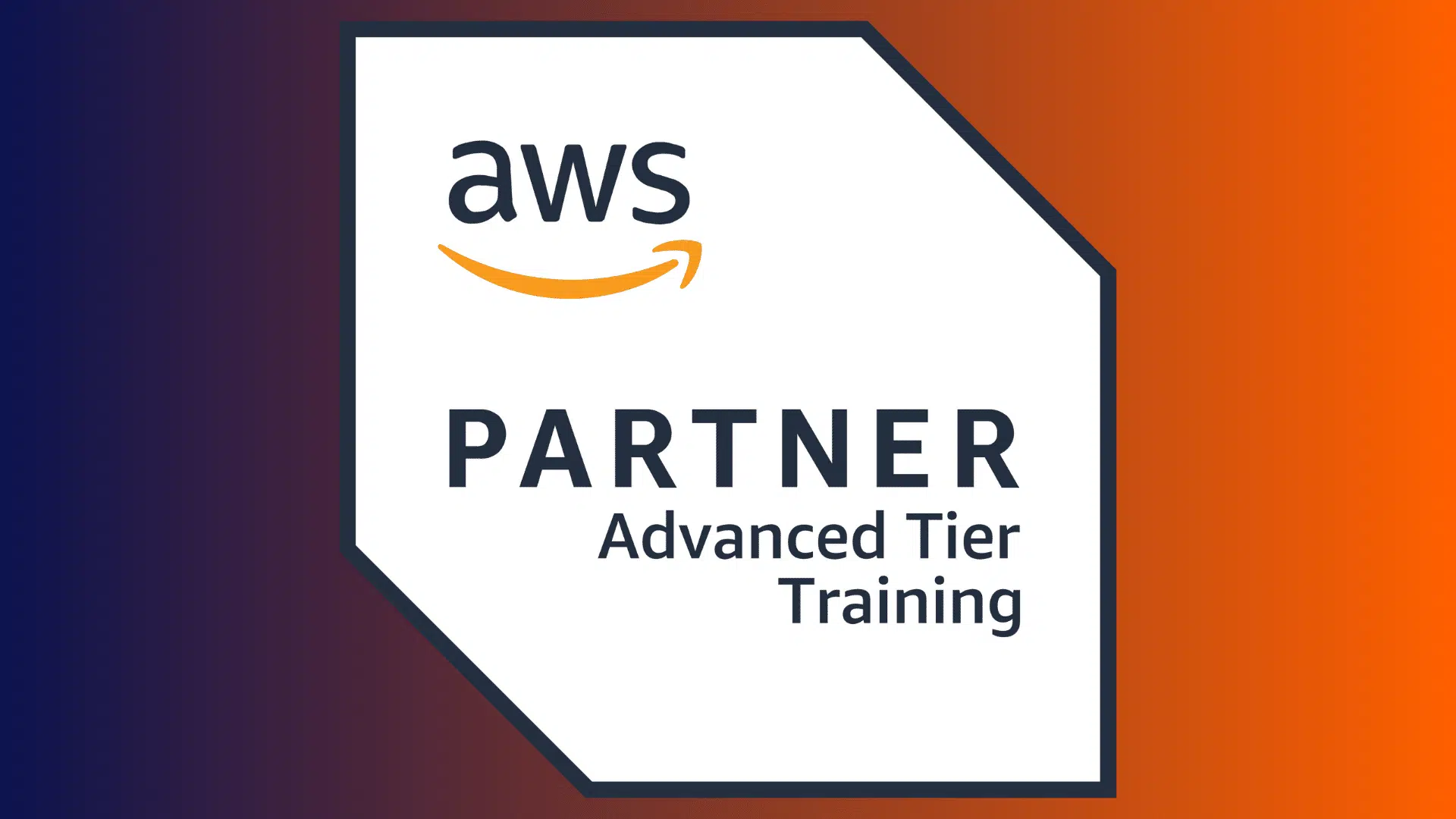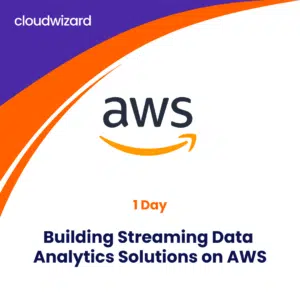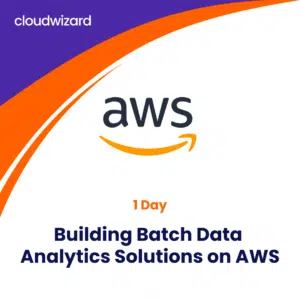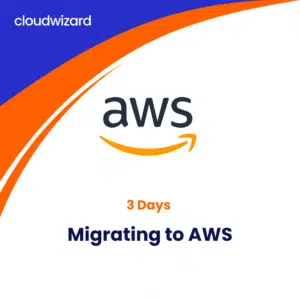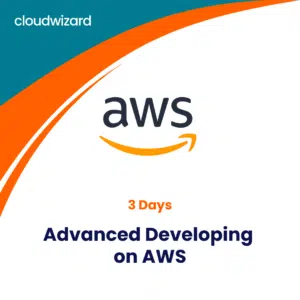The Machine Learning Pipeline on AWS
This course is recommended for developers, solution architects, data engineers and anyone who wishes to learn more about the ML pipeline using Amazon SageMaker. We recommend you to have basic knowledge of Python programming language, basic understanding of AWS cloud services and basic experience of working in a Jupyter notebook environment.
In this course, you will:
- Select and justify the appropriate ML approach for a given business problem
- Use the ML pipeline to solve a specific business problem
- Train, evaluate, deploy, and tune an ML model using Amazon SageMaker
- Describe some of the best practices for designing scalable, cost-optimized, and secure ML pipelines in AWS
- Apply machine learning to a real-life business problem after the course is complete
This course is intended for:
- Developers
- Solutions Architects
- Data Engineers
- Anyone with little to no experience with ML and wants to learn about the ML pipeline using Amazon SageMaker
We recommend that attendees of this course have:
- Basic knowledge of Python programming language
- Basic understanding of AWS Cloud infrastructure (Amazon S3 and Amazon CloudWatch)
- Basic experience working in a Jupyter notebook environment
Module 0: Introduction
- Pre-assessment
Module 1: Introduction to Machine Learning and the ML Pipeline
- Overview of machine learning, including use cases, types of machine learning, and key concepts
- Overview of the ML pipeline
- Introduction to course projects and approach
Module 2: Introduction to Amazon SageMaker
- Introduction to Amazon SageMaker
- Demo: Amazon SageMaker and Jupyter notebooks
- Hands-on: Amazon SageMaker and Jupyter notebooks
Module 3: Problem Formulation
- Overview of problem formulation and deciding if ML is the right solution
- Converting a business problem into an ML problem
- Demo: Amazon SageMaker Ground Truth
- Hands-on: Amazon SageMaker Ground Truth
- Practice problem formulation
- Formulate problems for projects
Checkpoint 1 and Answer Review
Module 4: Preprocessing
- Overview of data collection and integration, and techniques for data preprocessing and visualization
- Practice preprocessing
- Preprocess project data
- Class discussion about projects
Checkpoint 2 and Answer Review
Module 5: Model Training
- Choosing the right algorithm
- Formatting and splitting your data for training
- Loss functions and gradient descent for improving your model
- Demo: Create a training job in Amazon SageMaker
Module 6: Model Evaluation
- How to evaluate classification models
- How to evaluate regression models
- Practice model training and evaluation
- Train and evaluate project models
- Initial project presentations
Checkpoint 3 and Answer Review
Module 7: Feature Engineering and Model Tuning
- Feature extraction, selection, creation, and transformation
- Hyperparameter tuning
- Demo: SageMaker hyperparameter optimization
- Practice feature engineering and model tuning
- Apply feature engineering and model tuning to projects
- Final project presentations
Module 8: Deployment
- How to deploy, inference, and monitor your model on Amazon SageMaker
- Deploying ML at the edge
- Demo: Creating an Amazon SageMaker endpoint
- Post-assessment
- Course wrap-up
Why choose Cloud Wizard
- Advanced Tier Training Partner
- Amazon Authorised Instructors
- Official AWS Content
- Hands-on Labs
Class Deliverables
- E-Content kit by AWS
- Hands-on labs
- Class completion certificates
- Exam Prep sessions
Dates Available
Choose a date that works for you and click on Book Now to proceed with your registration.
| Method | Duration | Start Time | Start date | Price | Action |
|---|---|---|---|---|---|
| Classroom | 4 days | All Day | May 7, 2024 | ₹60,000 | |
| Classroom | 4 days | All Day | May 21, 2024 | ₹60,000 | |
| Classroom | 4 days | All Day | June 4, 2024 | ₹60,000 | |
| Classroom | 4 days | All Day | June 18, 2024 | ₹60,000 |
Don't see a date that works for you?
Fill in the form below to let us know.
Related courses
Related products
-
AWS Training
Building Streaming Data Analytics Solutions on AWS
In this course, you will learn to build streaming data analytics solutions using AWS services, including Amazon Kinesis and Amazon Managed Streaming for Apache Kafka (Amazon MSK). Amazon Kinesis is a massively scalable and durable real-time data streaming service. Amazon MSK offers a secure, fully managed, and highly available Apache Kafka service.
You will learn how Amazon Kinesis and Amazon MSK integrate with AWS services such as AWS Glue and AWS Lambda. The course addresses the streaming data ingestion, stream storage, and stream processing components of the data analytics pipeline. You will also learn to apply security, performance, and cost management best practices to the operation of Kinesis and Amazon MSK.
-
AWS Training
Building Batch Data Analytics Solutions on AWS
In this course, you will learn to build batch data analytics solutions using Amazon EMR, an enterprise-grade Apache Spark and Apache Hadoop managed service. You will learn how Amazon EMR integrates with open-source projects such as Apache Hive, Hue, and HBase, and with AWS services such as AWS Glue and AWS Lake Formation.
The course addresses data collection, ingestion, cataloging, storage, and processing components in the context of Spark and Hadoop. You will learn to use EMR Notebooks to support both analytics and machine learning workloads. You will also learn to apply security, performance, and cost management best practices to the operation of Amazon EMR.
-
AWS Training
Migrating to AWS
This course is designed for aspirants willing to learn how to plan and migrate the existing workloads to the AWS Cloud. You will understand how different cloud migration strategies can apply to each step of the migration process such as Portfolio discovery, application migrating planning, conducting a migration to the cloud and optimizing the application.
Other learning areas in the course include common business and technical drivers for migrating to the cloud. You will learn to determine if an organization is ready to migrate, and distinguish between various cloud migration strategies.
This three day course is intended for Solution Architects, Software Engineers, IT project managers and other leads who may be involved in the execution of cloud migration projects. It includes theory and practical exercises with demonstrations, assessments and group tasks
-
AWS Training
Advanced Developing on AWS
This course is focused around analyzing a monolithic application and determining logical break points where the application can be broken down across various AWS services. You will learn advanced development techniques to deconstruct on-premise legacy applications and repackage them into cloud-based architectures.
You will also learn to apply twelve-factor application manifesto concepts and steps while migrating from a monolithic architecture, along with using the AWS API, CLI and SDKs to monitor and manage AWS services
The course is recommended for experienced software developers who are already familiar with various AWS services. You will need at least one high-level programming language and working knowledge of core AWS services and public cloud implementations. We also recommend that you should have completed the Developing on AWS classroom course and have a minimum of six months experience in applying these concepts in real life

